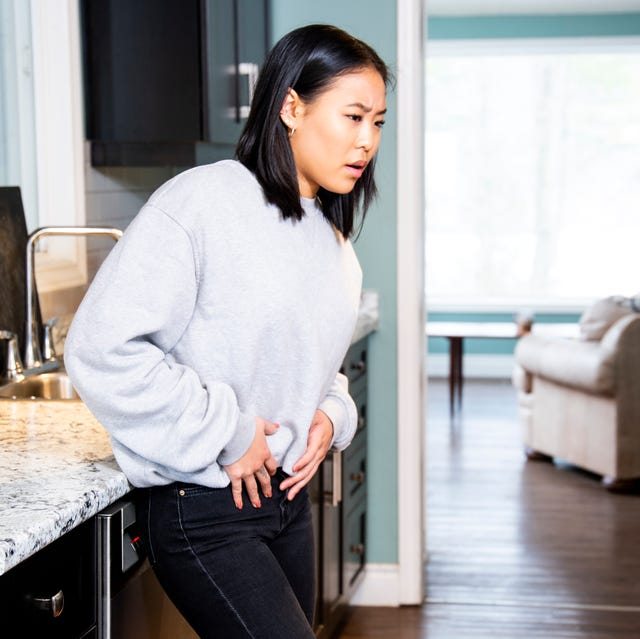FertnigGetty Images
Between your reproductive organs and your digestive organs, there’s a lot going on in the area from your navel to your vulva, so it can be hard to pinpoint the cause of pelvic pain. That’s why, even though research suggests 20% of American women between ages 30 and 64 have experienced pain in their pelvic region, it can be difficult to find pain relief.
Endometriosis is a prime example: An estimated 10% of women of child-bearing age suffer from the painful condition yet it takes an average of 8 to 12 years to receive that diagnosis, according to research. Like some other problems that occur in the pelvis, endometriosis doesn’t have a simple diagnostic test to confirm what’s going on so doctors have to know what clues to look for.
Fortunately, the list below should help you: The conditions here are some of the most common causes of pelvic pain among women. If you’re feeling uncomfortable and think something mentioned below could be the reason for your suffering, make an appointment with your gynecologist and let them know what’s going on. If they dismiss you or aren’t hell-bent on finding the root of your pain, get a second opinion.
Advertisement – Continue Reading Below
This content is created and maintained by a third party, and imported onto this page to help users provide their email addresses. You may be able to find more information about this and similar content at piano.io
Advertisement – Continue Reading Below

